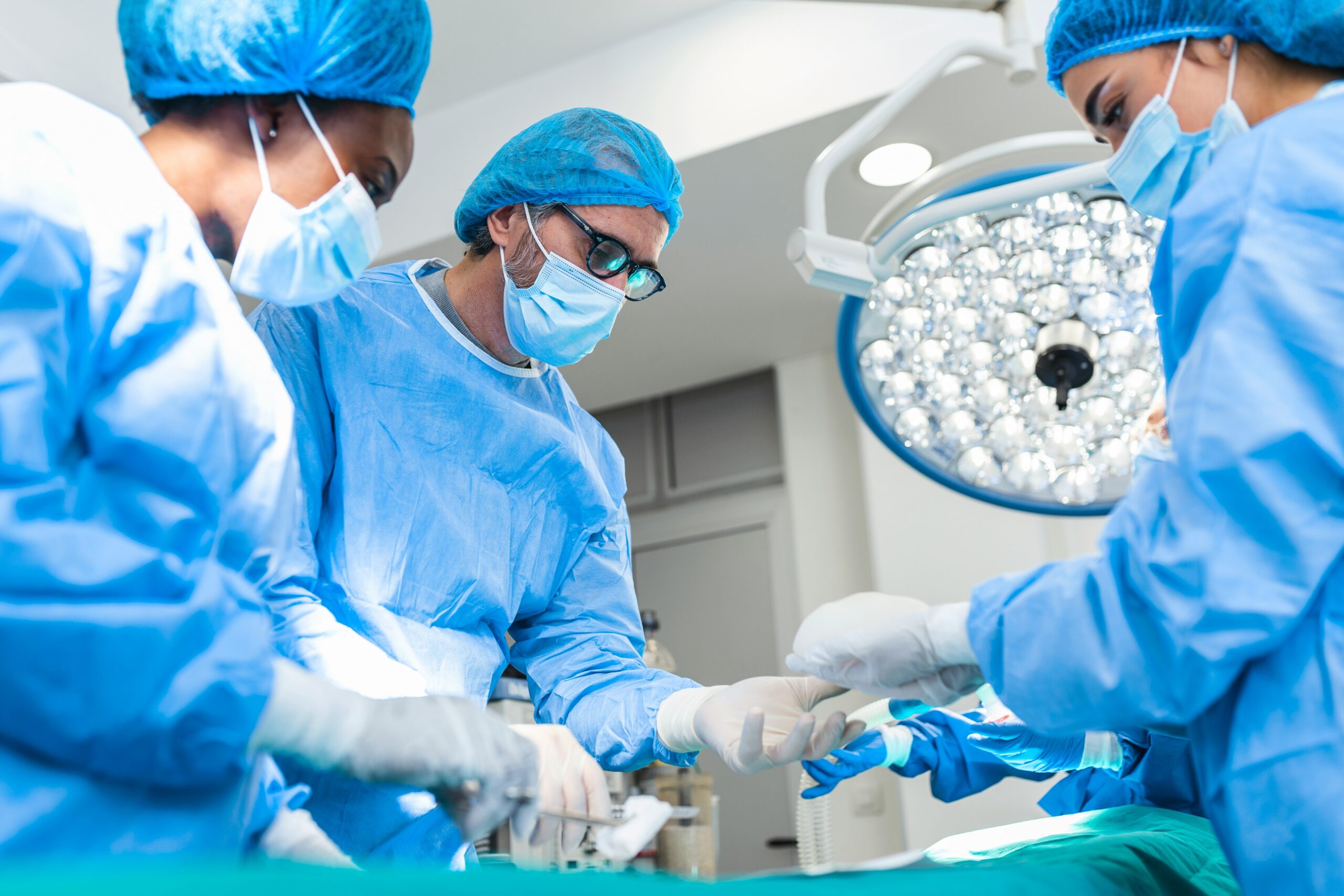
Healthcare continues to evolve rapidly, and surgical practices benefit from innovations that enhance both precision and efficiency. Cutting-edge medical devices are transforming operating rooms, enabling surgeons to perform complex procedures with greater accuracy and reduced risks. As these devices advance, they improve patient outcomes, reduce recovery times, and streamline surgical workflows.
For medical professionals, integrating cutting-edge medical devices into practice allows teams to optimize performance, minimize errors, and elevate standards of care. Hospitals investing in these tools can achieve higher efficiency, safer procedures, and measurable improvements in patient satisfaction. The convergence of robotics, imaging, and AI-driven technologies is transforming the surgical landscape today.
Robotic-Assisted Surgery for Enhanced Precision
Robotic-assisted surgery represents a major leap in surgical precision. These systems allow surgeons to perform minimally invasive procedures with intricate control over instruments. By using robotic arms, high-definition cameras, and advanced visualization, surgeons can execute complex maneuvers with exactness that surpasses traditional techniques.
Moreover, robotic-assisted surgery reduces tissue trauma, decreases blood loss, and shortens recovery periods. Patients experience faster healing and lower complication rates, while surgical teams benefit from predictable, efficient workflows. As robotics continues to evolve, its integration with cutting-edge medical devices ensures safer, more effective procedures for a wider range of surgeries.
Advanced Imaging and Real-Time Navigation
Cutting-edge medical devices also include advanced imaging technologies that provide real-time navigation during procedures. Tools like intraoperative CT, MRI, and augmented reality imaging enable surgeons to visualize critical anatomy, monitor progress, and adjust interventions in real-time. This capability enhances accuracy and reduces the likelihood of mistakes.
Additionally, these imaging systems enable precise tumor resections, vascular repairs, and orthopedic procedures. By providing clear, dynamic views of the surgical site, real-time navigation supports both surgical confidence and patient safety. The combination of robotics and high-resolution imaging creates a synergy that drives precision while maintaining efficiency in complex operations.
AI-Powered Decision Support Systems
Artificial intelligence is now a crucial component of cutting-edge medical devices. AI-powered decision support systems analyze patient data, predict potential complications, and offer real-time recommendations to surgical teams. By processing large datasets from imaging, labs, and patient histories, AI enhances the accuracy of intraoperative decisions.
These AI integrations improve surgical outcomes by guiding interventions and minimizing human error. For example, predictive algorithms can alert surgeons to high-risk scenarios, enabling them to take preventive measures that reduce the likelihood of complications. When combined with robotic systems and advanced imaging, AI enables surgeries to be safer, faster, and more precise, ultimately benefiting both patients and clinicians.
3D Printing for Customized Surgical Tools and Implants
3D printing has revolutionized surgical preparation and the creation of patient-specific tools. Surgeons can design and print customized implants, guides, and models tailored to an individual’s anatomy. This personalization ensures that procedures are accurate and minimizes surprises during surgery.
Additionally, 3D-printed anatomical models enable surgical teams to plan complex operations with greater detail, thereby improving efficiency and reducing operating room time. Hospitals implementing these cutting-edge medical devices see measurable improvements in procedural success rates and patient satisfaction. The ability to customize tools and implants enhances both precision and workflow efficiency.
Wearable Technology and Intraoperative Monitoring
Wearable sensors and monitoring devices complement surgical innovations by providing real-time physiological feedback. These devices track vital signs, oxygenation, and other critical parameters during procedures, alerting surgical teams to any sudden changes in these parameters. By integrating these monitoring systems, clinicians can make immediate adjustments to maintain patient safety.
Furthermore, wearable devices extend benefits beyond surgery by enabling post-operative monitoring and early detection of complications. Patients experience smoother recoveries, and clinicians gain data-driven insights that support improved outcomes. Incorporating wearable technology into surgical care ensures both precision and continuity throughout the treatment process.
Streamlining Workflow and Enhancing Efficiency
Beyond improving patient outcomes, cutting-edge medical devices enhance surgical efficiency and effectiveness. Integrated systems enable teams to coordinate procedures, minimize downtime, and manage complex tasks efficiently. By reducing delays and streamlining communication, hospitals can perform more procedures safely without compromising quality.
Efficiency gains also translate to cost savings and better resource utilization. Surgical teams can focus on patient care rather than administrative tasks, while hospitals benefit from optimized scheduling and reduced operating room congestion. The combination of robotics, AI, advanced imaging, and 3D printing ensures that surgical precision does not come at the expense of efficiency.
Future Directions in Surgical Technology
The future of surgery lies in further integration of cutting-edge medical devices with artificial intelligence, machine learning, and connectivity. Emerging technologies promise predictive analytics, remote-guided procedures, and fully automated surgical assistance. As these innovations become standard, surgical teams will gain even greater precision, safety, and efficiency in patient care.
Healthcare professionals must remain proactive in adopting these advancements. Continuous training, technology evaluation, and workflow integration will ensure that surgical practices capitalize on the full potential of cutting-edge medical devices. Hospitals that embrace these trends will deliver higher-quality care, improved patient satisfaction, and measurable clinical outcomes.
Cutting-edge medical devices are revolutionizing surgery by enhancing precision, improving efficiency, and ensuring superior patient outcomes. Robotic-assisted surgery, AI-driven decision support, advanced imaging, 3D printing, and wearable monitoring devices collectively redefine modern surgical practice. By integrating these tools, clinicians can perform complex procedures safely, reduce complications, and streamline workflows.
The adoption of these innovations ensures that patient care is more proactive, personalized, and efficient than ever before. Hospitals and surgical teams embracing cutting-edge medical devices set new standards for excellence, demonstrating that technology and skill can combine to save lives and transform healthcare. As technology continues to advance, the future of surgery will be defined by precision, efficiency, and patient-centered innovation.